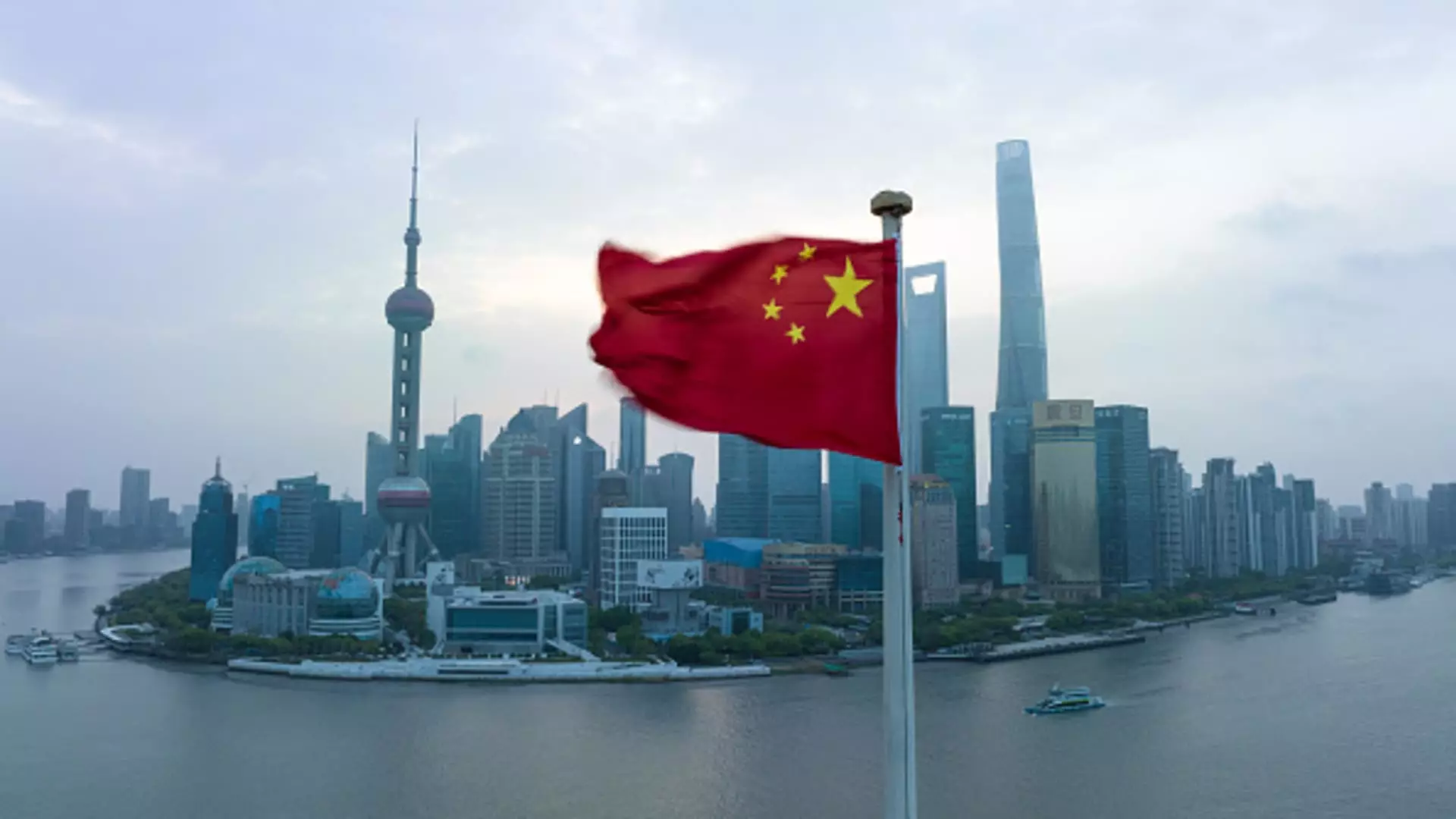The Chinese corporate landscape is undergoing a significant transformation as firms step up their shareholder return strategies via record dividends and stock buybacks. The drive for higher payouts marks a notable shift in corporate governance and investor engagement, signifying a potential new era for the Chinese stock market. With regulators encouraging these parallel strategies, the implications for investors and the broader economy could be profound.
Record Payouts: A Corporate Tradition Redefined
In a remarkable display of commitment to shareholder value, Chinese listed companies disbursed a record 2.4 trillion yuan (approximately $328 billion) in dividends last year, according to data from the China Securities Regulatory Commission (CSRC). This trend has catalyzed predictions that such payouts could escalate to an unprecedented 3.5 trillion yuan in the current fiscal year. Analysts from Goldman Sachs have highlighted this momentum, suggesting a growing willingness among Chinese firms to prioritize returns over reinvestment or cash preservation.
This shift is particularly compelling given the current economic environment characterized by low interest rates and subdued bank returns. Many companies, uncertain where to allocate excess liquidity, have turned to returning funds to shareholders as a primary strategy. As observed by HSBC’s Asia equity strategist Herald van der Linde, this reorientation demonstrates a significant cultural shift within Chinese corporations, moving towards more shareholder-friendly practices.
A Ninefold Increase: The Future of Dividend Disbursements
Looking ahead, the anticipated distribution of dividends will continue to climb. A forecast by CSRC estimates that over 310 companies will surpass 340 billion yuan in dividends between December 2024 and January 2025. This figure represents a staggering ninefold increase in dividend-paying companies compared to the previous year and a 7.6-fold enhancement in the total payout. The dividend yield on Chinese stocks, now averaging around 3%, has risen to its highest level in almost a decade, making Chinese equities increasingly attractive in comparison to other emerging Asian markets.
The state’s encouragement towards higher dividends is from comprehensive governmental efforts aimed at elevating shareholder returns. Tax incentives for companies alongside tightening regulations to ensure fair pay-out methods are just some structural changes enabling this shift. Moreover, from a regulatory perspective, authorities have introduced stricter standards concerning stock listings and dividend distributions, enabling a more transparent and accountable corporate environment.
State-owned enterprises (SOEs) are at the forefront of this dividend distribution wave, benefiting from favorable conditions set by Beijing. Politically aligned, these enterprises are more likely to adhere to government directives, which has facilitated enhancements in their dividend payouts significantly. Companies like PetroChina and CNOOC Group are leading the pack with dividend yields approximating 8% and 7.54%, respectively. Financial backing through preferential loans from the government has further empowered these firms to amplify shareholder returns.
However, private entities in China are also stepping up. E-commerce giant JD.com has announced a $5 billion stock buyback program, exhibiting a robust commitment to shareholder returns—a signal that the private sector is catching up to its state-owned counterparts in cultivating investor relations. Larger-cap firms particularly stand to benefit from this trend, as increasing dividends can attract both domestic and international investment.
Despite the optimistic projections regarding dividend payouts, it is essential to approach this trend with caution. The current 52.58% dividend payout ratio in China, while improved, is still notably below figures from other developed markets. For example, Australia’s payout ratio hovers around 89.2%, while Singapore reports 78.13%. This discrepancy depicts China’s still-nascent trajectory towards optimal shareholder returns.
Furthermore, while boosting dividends could enhance immediate financial engagement from domestic investors, there’s a potential risk of funds flowing out of China, exerting downward pressure on the yuan. This situation raises concerns about the long-term stability of the economy amid a challenging market landscape. Local investors are shifting toward dividends as a way to navigate the lethargic real estate and stock markets, and the dependence on consistent dividend income could become unsustainable if market conditions don’t improve.
The ascendance of dividends and buybacks in China marks a pivotal shift in the corporate sphere, emphasizing shareholder value as a cornerstone for business operations. The active role of the government in this transformation illustrates a strategic intent to bolster investor confidence and stimulate market activity. As corporations recalibrate their financial strategies amidst evolving economic landscapes, dividends may serve as a critical lifeline for maintaining investor interest and stabilizing the market—provided they can balance these payouts with sustainable growth and economic health. The focus on investor returns may indeed pave the way for a more mature and resilient Chinese equity market in the years to come.


Leave a Reply